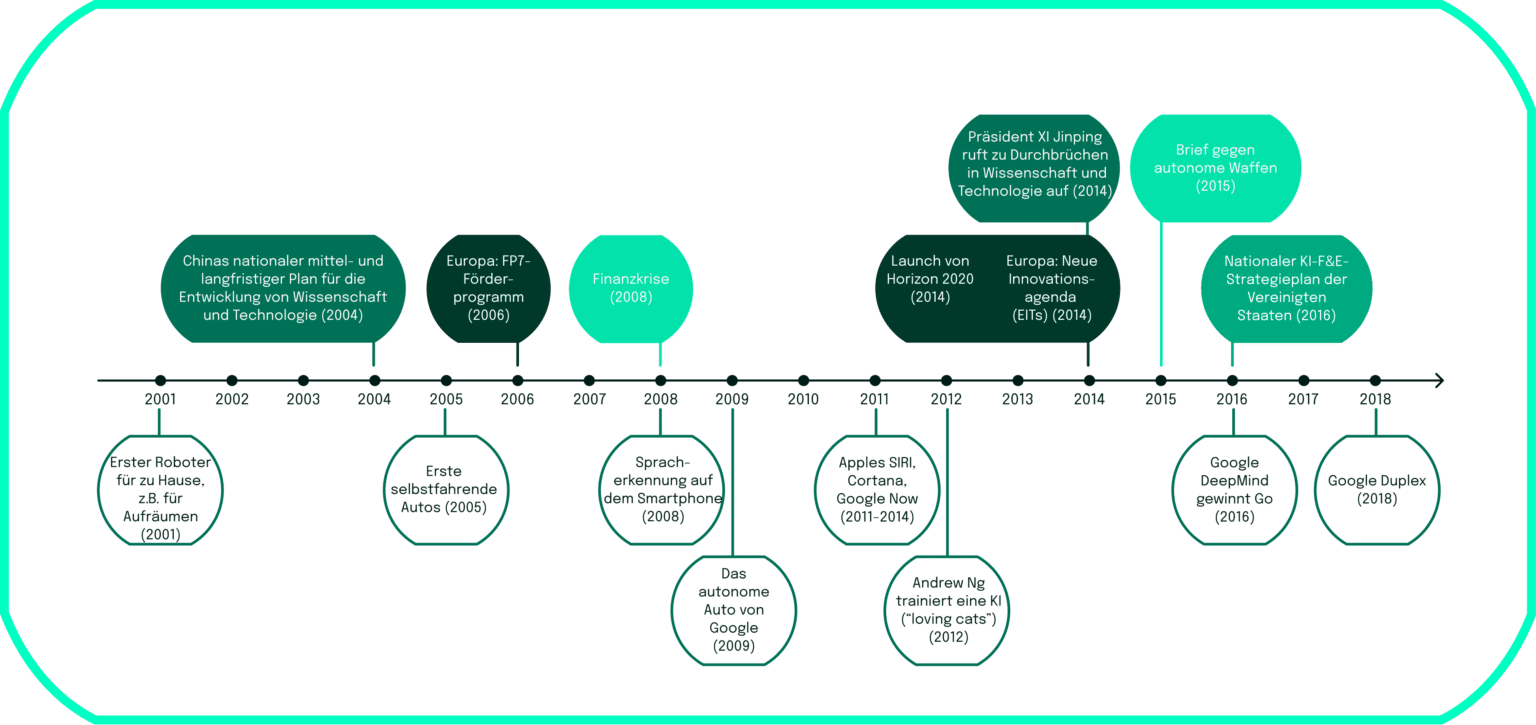Whether it is on the Daily Show with Trevor Noah, Dall-E 2 that interprets text into pictures, a Twitter chatbot called Tay, or even more controversial Artificial Intelligence (AI) applications like in lethal autonomous weapon systems (LAWS) – AI has the potential to form our daily lives in the near future. The application of AI technologies is driving growth at individual, business, and economic levels. In fact, AI has started to outperform human beings in a range of work activities.

With the global AI market now expected to hit yearly sales of nearly $32 trillion according to McKinsey and Company, the industry is booming and expanding to even broader application fields. Over the last few decades, the evolution of AI has mostly revolved around the advancement of linguistic, mathematical, and logical reasoning abilities. However, the next wave of AI advancements is pushing towards developing emotional intelligence, enabling machines to comprehend the physical world to a certain degree. At the same time we can observe the downsides of using AI. From algorithm biases, discrimination against specific genders or ethnic groups due to learning via various sources, to underlying issues with fairness – all have been identified across various AI applications . Areas in which these issues are present include advertising, AI-based recruiting software, predictive models for the application in healthcare like the ada health chatbot, and facial recognition software, and lead to arising discussions about ethics in AI.
As these developments are only expected to continue to grow, we want to draw your attention to Artificial Intelligence and create a solid and really detailed understanding of these innovations. With this blog article, we intend to create a basic understanding of what AI actually is, talk about the history of AI, search for a holistic definition of AI and to delineate the most important key terms related to AI.






